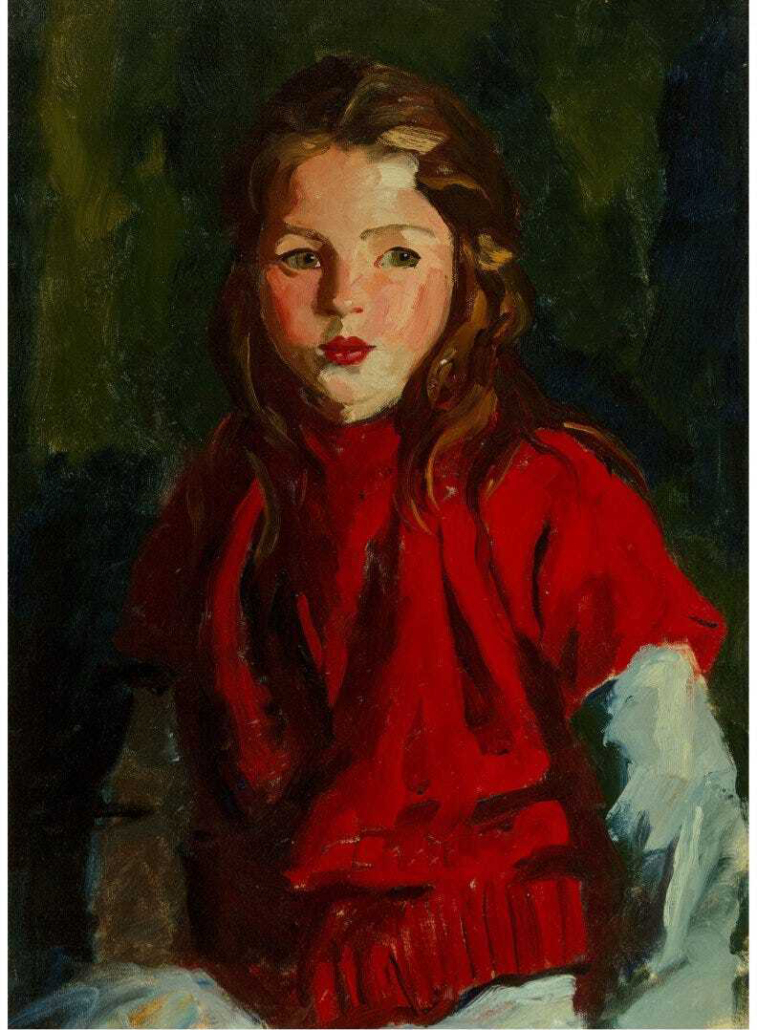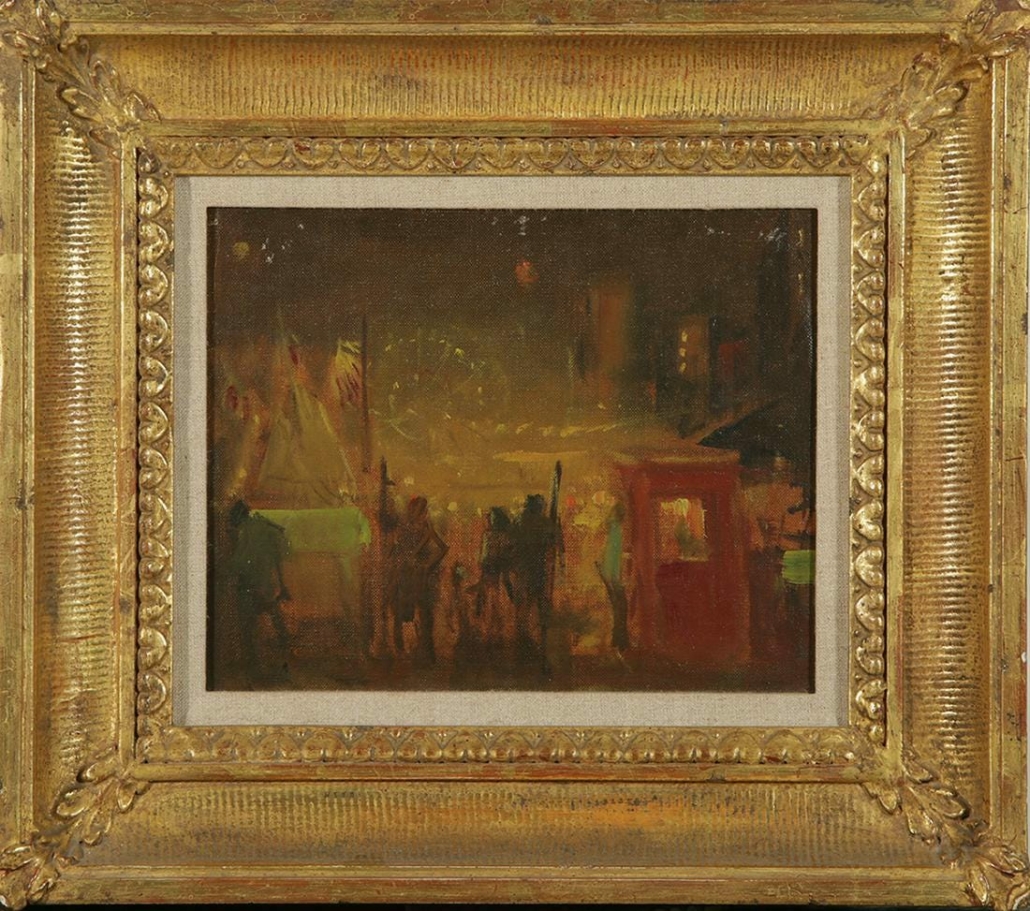
NEW YORK — When it first appeared around 1900, the Ashcan School was a radical departure from the prevailing style of American Impressionist scenes of pretty girls and idealized landscapes. The Ashcan School wasn’t a school per se, but a loose art movement that embraced a journalistic, documentary approach and social realism, forsaking art for art’s sake.
The five Philadelphia artists in the first generation of the Ashcan School, which is sometimes spelled Ash Can School, shared similar backgrounds though their styles and their favored subject matter differed. They knew each other from their days studying at the Pennsylvania Academy of Fine Art in Philadelphia, worked as illustrators for local newspapers, and often shared studio space.

Robert Henri served as a mentor of sorts to fellow artists William James Glackens, George Luks, Everett Shinn, and John Sloan. By 1905, they had joined Henri in New York, who moved there a few years earlier.
These five artists are often linked to the group of modernist painters dubbed The Eight, which included Arthur B. Davies, Ernest Lawson, and Maurice B. Prendergast, who were well recognized as painters of urban realism. Their watershed moment came in 1908, when The Eight were recognized in an exhibition in New York City at Macbeth Galleries, which helped the Ashcan School gain traction.
The name of the Ashcan school reportedly comes from a drawing by one of Henri’s students, George Bellows, which bears the title Disappointments of the Ash Can. Unlike their Impressionist predecessors, the artists focused on gritty urban scenes, most of which are set in New York City. The subjects were often immigrants and the city’s poor.

Nan Zander, a fine arts specialist at Brunk Auctions in Asheville, N.C., said, “The Ashcan School is known for a certain amount of grit and reality … street scenes the artists did not try to prettify or idealize. It was a very different approach to what had been popular: the American Impressionists and the pretty and idealized.” These artists were controversial at the time and while their work was not immediately accepted by the establishment, it was important work. “They were going against the grain and the grain at the time was beautiful John Singer Sargent, American Impressionism, Abbott Thayer… but they became very popular after a time.”
The market for Ashcan School art seems to have peaked in the 1990s, but good things will always bring good money, explained Alisdair Nichol, Chairman and Head of Fine Art at Freeman’s in Philadelphia, Pa. He said that each artist is associated with certain subject matter that collectors look for. With Henri, collectors prize his portraits, which usually depict rosy-cheeked, snaggletoothed children who have Irish backgrounds. “If you want an Everett Shinn, you’re going to want a theatrical piece with figures on stage; he was all about vaudeville,” Nichol said. “With artists like Sloan and Luks, they tended to do more urban scenes, and the same with Glackens as well.”
For example, Freeman’s sold Manolita Marequis, an Henri portrait of an attractive Spanish-looking woman for $310,000 plus the buyer’s premium in June 2016. “It went to a pretty major collector of the Ashcan School, so they are still out there,” Nichol said.

The most common Ashcan street scenes tend to feature lots of figures, cars, and traffic; tenements; and laundry hanging on lines. “Nothing idealized, but the city at its busiest, most bustling, and grittiest – and no “pretty” added to it,” said Zander.
Ashcan School paintings that are not typical urban scenes can be desirable to collectors, she said. A portrait John Sloane painted while he was based in Santa Fe, N.M., brought $8,000 plus the buyer’s premium at Brunk Auctions in November 2018. “It was a nude, and you could sort of see outside Sloan’s studio, which at that time was in Santa Fe,” she said. “In a general sense with an artist, you want to buy — and the things that bring the highest prices — are the things that those artists are particularly known for.”
Works by later Ashcan artists can be collectable. In December 2020, Brunk sold a number of paintings by John R. Grabach and William Henry Gasser for strong prices. “They are not the top tier Ashcan names everyone knows, but they are well known Ashcan painters,” Zander added. The best selling Grabach in that sale was a colorful work showing the artist’s studio in Irvington, N.J., that earned $12,000 plus the buyer’s premium. “It had nothing to do with a gritty New York street scene, but it was by him, showed his studio, and it was a beautiful painting, so in that case it brought a good price.”

Nichols advises new collectors to start out by looking for drawings and etchings rather than oil paintings as these are affordably priced: “Some of the sketches they did are very attractive and fresh-looking, and these are nice things to acquire if you are starting off in the market and getting your feet wet.”
Zander said new collectors should do their homework, trust experts who have done their homework, and “look for the best and most representative piece by an artist that is available to you, both on the market and in your financial realm of possibility.”
# # #


